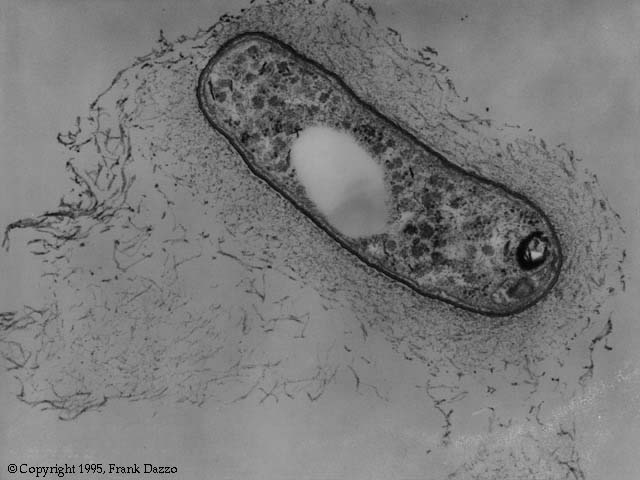BIOL 2275 Microorganisms and Disease

Course Overview
- The textbook for the course is: Microbiology an introduction, 9th Edition, Tortora, Funke & Case, 2006.
Most students taking this course hope to go into the allied health arena, the majority hoping to become RN's. There are also a limited number of other majors who take the course.
- The course carries a value of 4 semester hours of credit and meets for 3 hours of lecture and 3 hours of laboratory instruction for 15 weeks each semester.
- Prerequisities: students taking BIOL 2275 should have successfully completed BIOL 2081 and 2082 or their equivalent. BIOL 1107 is now required to take 2081 and 2082.
Course Objectives - Lecture
The following core themes and concepts are modeled after those suggested by the American Society of Microbiology.
The cellular structures, metabolic pathways, regulatory signals, and genetic exchange mechanisms exhibited by microorganisms at present are the products of natural selection. In addition, evolutionary processes can be observed in the microbial world today, in cases such as antibiotic resistance, xenobiotic biodegradation, and the coevolution of hosts and parasites. The term microbes refers to all microorganisms whether they are subcellular viruses and other infectious agents or cellular including all prokaryotic and eukaryotic microbes.
Microbial Cell Biology
- Information flow within a cell
- Regulation of cellular activities
- Cellular structure and function
- Growth and Division
- Cell energy metabolism
Microbial Genetics
- Inheritance of genetic information
- Cause, consequences and uses of mutations
- Exchange and acquisition of genetic information
Interactions and Impact of Microorganisms and Humans
- Microbial pathogenicity mechanisms
- Disease transmission
- Antibiotics and Chemotherapy
- Genetic engineering
- Biotechnology
Interactions and Impact of microorganisms in the environment
- Adaptation and Natural Selection
- Symbiosis
- Microbial recycling of resources
- Microbes transforming the environment
Integrating Themes
- Microbial Evolution
- Microbial Diversity
References
1. Beneson, Adam S. (ed). 1995. Control of communicable diseases in man,
16th ed. American Public Health Association, Washington, D.C.
2. Centers for Disease Control and the National Institutes of Health
(CDC/NIH). 1993. Biosafety in microbiological and biomedical research
laboratories, p. 177. Government Printing Office (#017-040-00523-7),
Washington, D.C.
3. Department of Health and Human Services, National Institutes of Health.
1997. Guidelines for research involving recombinant DNA molecules. Federal
Register, February 1997.
4. Fleming et al (ed.). 1994. Laboratory safety: principles and practices, 2nd
ed. ASM Press,Washington, D.C.
5. World Health Organization. 1993. Laboratory biosafety manual, 2nd ed.
World Health Organization, Albany, N.Y.
6. Lennox, John E. Sites related to laboratory safety:
http://www.personal.psu.edu/faculty/j/e/jel5/micro/safety.htm
Email: demmeluth@hotmail.com

